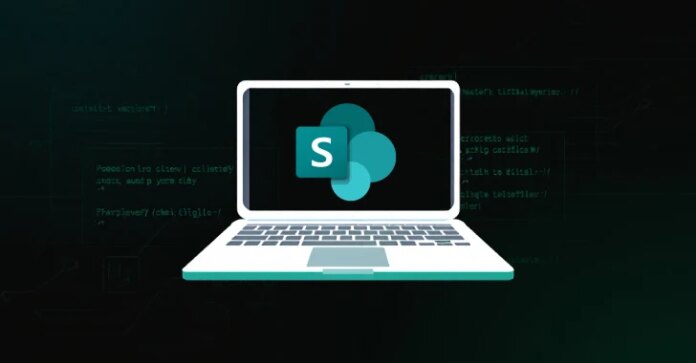Threat actors with ties to China exploited the ToolShell security vulnerability in Microsoft SharePoint to breach a telecommunications company in the Middle East after it was publicly disclosed and patched in July 2025.
Also targeted were government departments in an African country, as well as government agencies in South America, a university in the U.S., as well as likely a state technology agency in an African country, a government department in the Middle East, and a finance company in a European country.
According to Broadcom’s Symantec Threat Hunter Team, the attacks involved the exploitation of CVE-2025-53770, a now-patched security flaw in on-premise SharePoint servers that could be used to bypass authentication and achieve remote code execution.
CVE-2025-53770, assessed to be a patch bypass for CVE-2025-49704 and CVE-2025-49706, has been weaponized as a zero-day by three Chinese threat groups, including Linen Typhoon (aka Budworm), Violet Typhoon (aka Sheathminer), and Storm-2603, the latter of which is linked to the deployment of Warlock, LockBit, and Babuk ransomware families in recent months.
However, the latest findings from Symantec indicate that a much wider range of Chinese threat actors have abused the vulnerability. This includes the Salt Typhoon (aka Glowworm) hacking group, which is said to have leveraged the ToolShell flaw to deploy tools like Zingdoor, ShadowPad, and KrustyLoader against the telecom entity and the two government bodies in Africa.
KrustyLoader, first detailed by Synacktiv in January 2024, is a Rust-based loader previously put to use by a China-nexus espionage group dubbed UNC5221 in attacks exploiting flaws in Ivanti Endpoint Manager Mobile (EPMM) and SAP NetWeaver.
The attacks aimed at government agencies in South America and a university in the U.S., on the other hand, involved the use of unspecified vulnerabilities to obtain initial access, followed by the exploitation of SQL servers and Apache HTTP servers running the Adobe ColdFusion software to deliver the malicious payloads using DLL side-loading techniques.
In some of the incidents, the attackers have been observed executing an exploit for CVE-2021-36942 (aka PetitPotam) for privilege escalation and domain compromise, along with a number of readily available and living-off-the-land (LotL) tools to facilitate scanning, file download, and credential theft on the infected systems.
“There is some overlap in the types of victims and some of the tools used between this activity and activity previously attributed to Glowworm,” Symantec said. “However, we do not have sufficient evidence to conclusively attribute this activity to one specific group, though we can say that all evidence points to those behind it being China-based threat actors.”
“The activity carried out on targeted networks indicates that the attackers were interested in stealing credentials and in establishing persistent and stealthy access to victim networks, likely for the purpose of espionage.”
Source link








